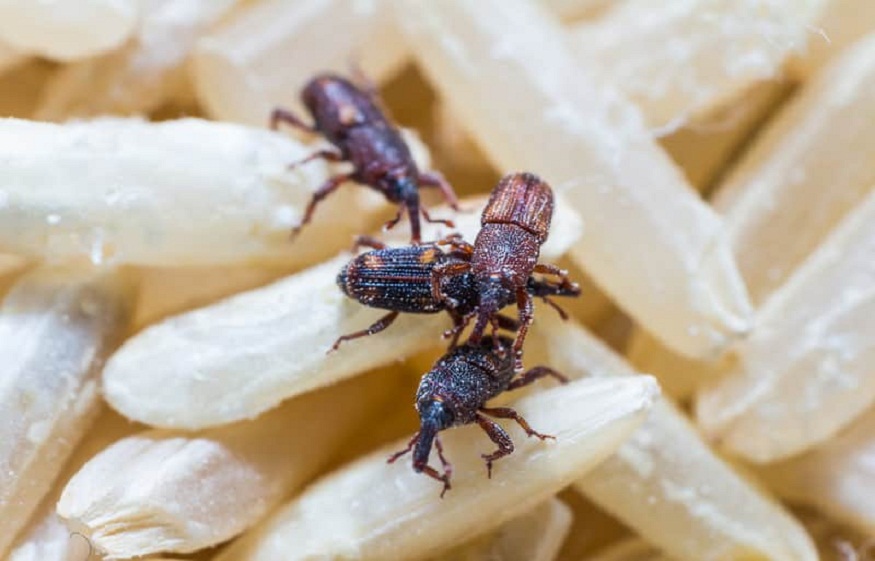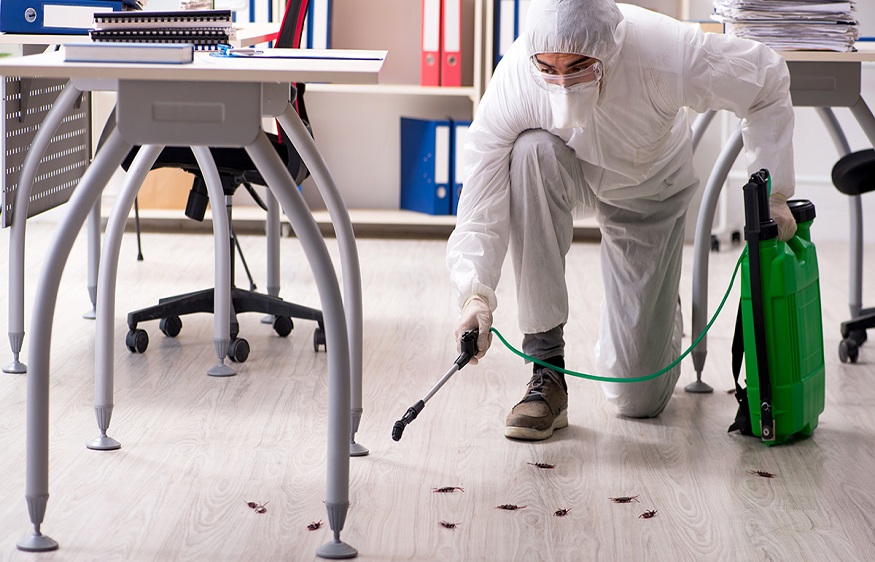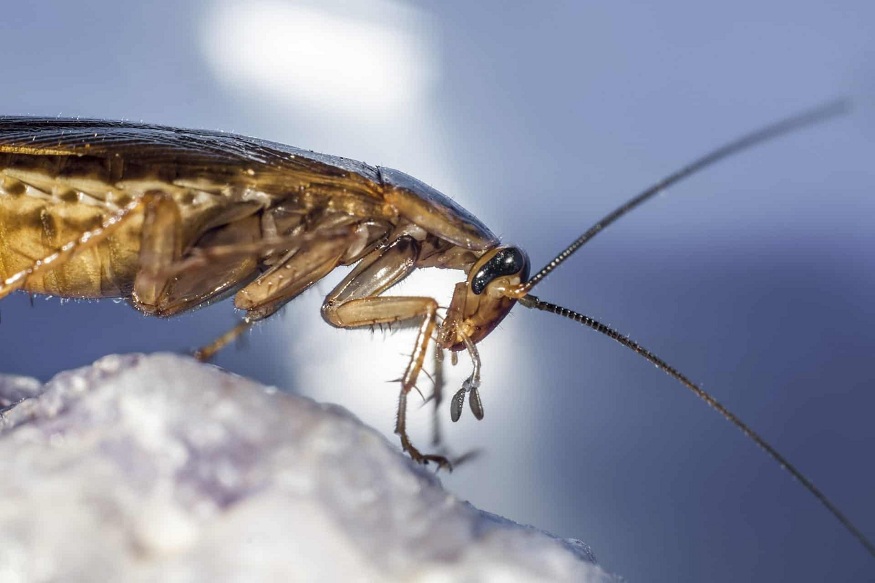Pantry pests are exactly what the name suggests: pests that reside in your pantry and feast on packaged products. Pantry bugs can exist in any kitchen, no matter how clean it is.
Moths, weevils, and tiny beetles are the three most common pantry pests. Pantry pests tend to be more of an issue than anything else, as they pose no danger. They are not going to bite or sting you, nor will they destroy your home. Getting rid of pantry bugs requires time, but it is possible. In most cases, you can get rid of a pantry bug infestation on your own, but it is best to get it checked out by a professional pest control company. Right here, you can get all your details regarding how to contact a pest control expert to manage the problem of pantry pests.
Steps to take if you spot a pantry pest in your kitchen
Pantry pests include beetles, weevils, grain borers, and moths, with the most prevalent species being Indian meal moths, grain beetles, red flour beetles, and flour beetles. These bugs are drawn to food resources that may last their life cycles.
Indian meal moths are the most common pantry pests that infest households. Adults are often seen flying around kitchens, which is the first sign of an infestation. Their larvae will consume a wide range of meals, including seasonal favorites such as chocolate, raisins, fruit crackers, almonds, seeds, cereal, and practically any other dried products provided over the holidays.
Pantry pest life cycle
A pantry pest’s four stages of development (egg, larva, pupa, and adult) may be present in food. Adults and larvae can chew through stored food containers; depending on the species, you may see small holes in the packaging or webbing on the outer layer. Otherwise, pests can get in through seams or other defects in the packaging and lay their eggs. For example, extremely young Indian meal moth larvae, confused flour beetles, and grain beetles can pass through gaps as small as 01 millimeters (.004 inches).
How to get rid of them?
Here are some steps you can take to prevent pantry pests in your kitchen:
1. Do not buy in bulk
Purchasing large amounts of dry products that will stay in cupboards for a long period of time is a clear invitation to pests. Industrial-sized bags of flour, sugar, beans, and rice are the most popular habitats for these insects. Buy small amounts of these things and replace them as necessary. To avoid bugs, store them in neat, airtight containers. If you have multiple items, make sure the older ones are used first.
2. Inspect the groceries
Pantry pests often penetrate your home through infested products that you purchased. Check packages before adding them to your shopping cart. Ripped cereal boxes, cake mixes, canned beans, and powdered milk make it easy for bugs to get in. You should also check for tears and rips in pet food packages. Pantry bugs love your dog’s food even more than he does. It pays to take precautions to keep bugs out of your home.
Other ways you can keep these pests away:
- Check all things in the pantry and on shelves, as certain insects hide beneath packaging.
- Next, remove all of your food from your pantry and check for any residual bugs.
- Vacuum the cabinets thoroughly. It is preferable to complete a thorough job once than to have to repeat it later.
- Clean the cupboard and shelving with hot, soapy water. Tip: Do not use pesticides, as they will not prevent further infestations and may harm your food.
- Seal all food products in airtight containers to avoid access to your packaged foods and further infestations.
- Before putting your food in the pantry, look into it for any remaining bugs.
Do Pantry Pests Bring Damage?
Pantry pests pose no harm to your property. If you find pantry bugs in packaged products, you have to dispose of them.





